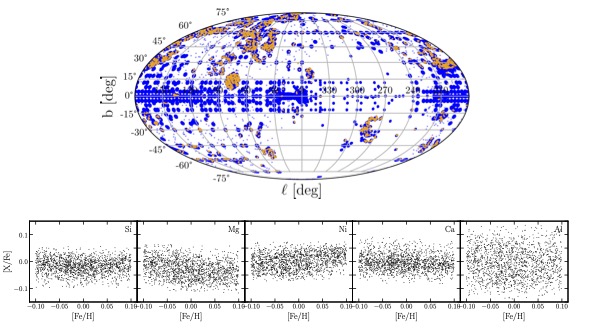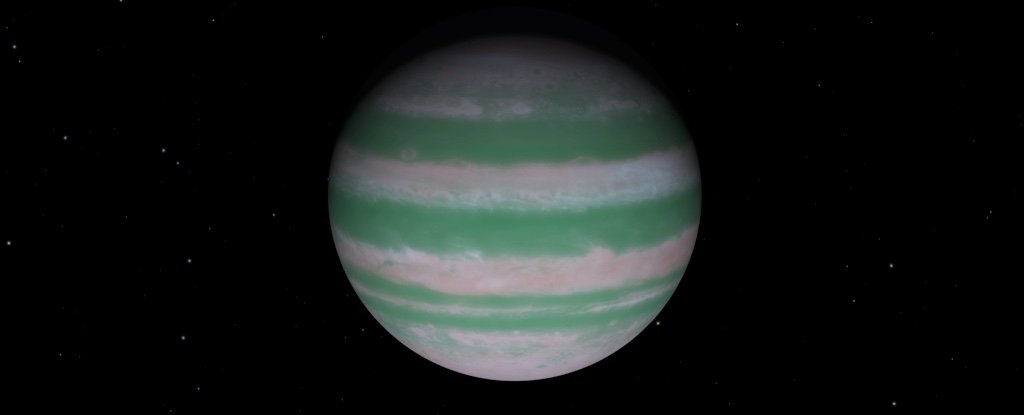May 18, 2021,09:24pm EDT|418 views
A super-earth thought to orbit Barnard’s Star, the second closest star to our own Sun, actually doesn’t exist. Or so say the authors of a new paper accepted for publication in The Astronomical Journal.
The University of California, Irvine-led team used archival data and new measurements of Barnard Star’s radial velocity, or how it moves towards or away from us along our line of sight to make the determination. They credit the Habitable-Zone Planet Finder (HPF) instrument attached to the 10-meter Hobby-Eberly Telescope at McDonald Observatory in Texas with providing enough data to determine that signal first interpreted as a super-earth actually is an alias of the star’s 145-day rotation period.
The astronomers suggest that signals initially appearing to be from a “super-earth” measuring 3.3 times the size of Earth are more likely the result of aliasing from an incomplete sampling of stellar activity bearing similarity to the spots on our own sun, says UCI.
Read more: https://www.forbes.com/sites/brucedormi ... 4663fa842a





